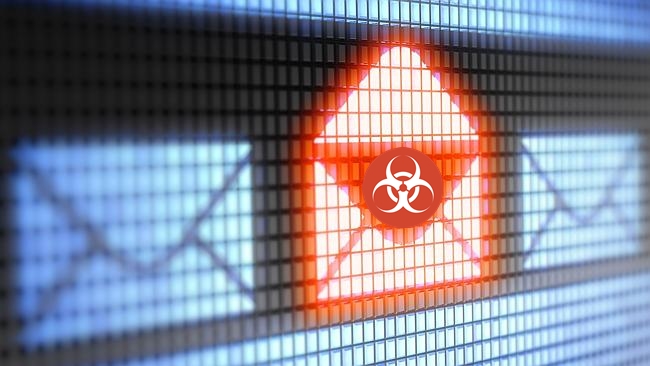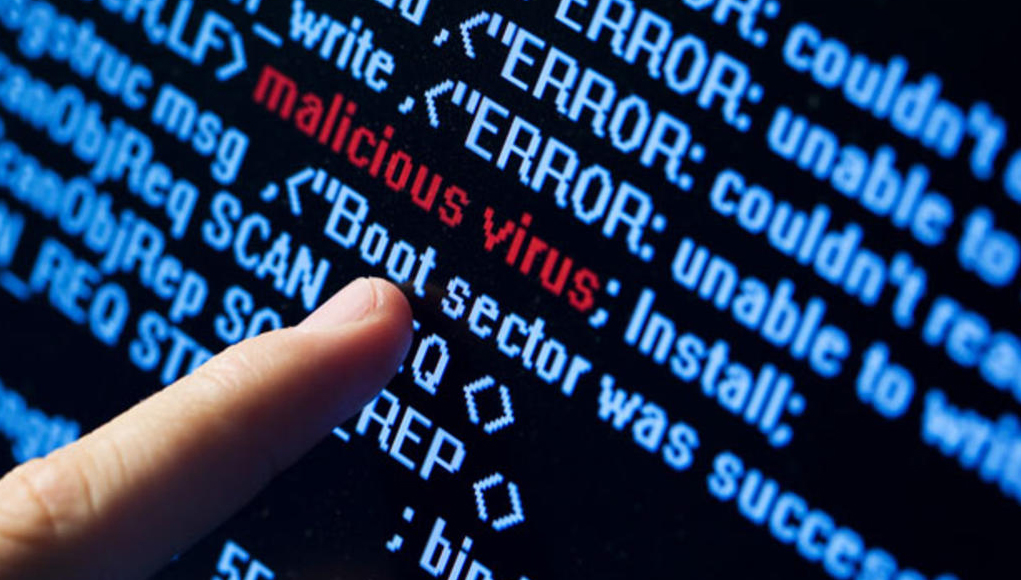8 Steps to Prepare you for Ransomware Attacks
Many businesses are falling victim to
ransomware – a type of cyber-attack that restricts access to an infected
computer system and demands that the user coughs up a ransom to remove the
restriction.
For modern cybercriminals, making
money is paramount. If you haven’t put in place the right safeguards ahead of
time, your choices are often either pay the money or lose your files.
It’s an escalating epidemic and businesses
of all sizes are at risk of losing data and money, enduring significant
business disruption and destroying their reputation in the process.
So what exactly does ransomware do? If your business is ever under attack, dont hesitate to contact The Computer Guyz in Cape Town or Centurion - We can offer quick and effective protection beforehand and solutions after an attack!

Ransomware is like
a virus and starts with malicious software, or malware, being unknowingly
installed on a PC, which then replicates itself to other systems on a
network. The software typically encrypts files or locks computers, and
then displays a ransom note demanding payment for the software to be removed
For many small businesses, the costs of an
attack and business disruptions can prove fatal. According to one study, 60
percent of all targeted cyberattacks struck small-to-medium enterprises and
another found that 60 percent go out of business within six months of a
cyberattack.
Just what is at stake? Although the
impact of an attack will vary depending on your company's size and the
circumstances surrounding the attack, there are four areas most at risk.
Your business: A cyber
breach will disrupt your business and shut down your electronic operations for
some period of time, preventing you from serving your customers and leading to
a loss of revenue.
Your systems: Infected
computers are costly to repair or replace, and fixing and restoring systems can
be a stressful, frustrating and time-consuming exercise.
Your data: The theft
can include important company assets, such as customer records and transaction
histories, financial information and proprietary product or strategic
information. All of these assets have incalculable value to a business and can
inflict crippling losses.
Your reputation: Not
only does a cyber-breach impact your business operations, it also destroys the
trust of your customers, particularly if the theft includes private customer
information that they entrust you to keep safe. Brand and reputation
damage can linger for a long time, making people hesitant to share personal
information, use your website or even buy your products and services.
It’s useful to look at the common ways that
ransomware can infect your systems so that you can prioritise the things you
need do to protect your data and your customers’ data.
The majority of malware comes in via emails. Many attacks are delivered by
mass unsolicited spam with malicious attachments or web links. They are usually
delivered opportunistically but over the past year we have seen these emails
being designed to look more legitimate!
The second most common way is when you
browse the web. Your computer could
be infected while surfing compromised websites, malicious websites or
downloading infected files. When users unknowingly save malware on the network,
more systems are infected.

So what should you do to protect yourself
from attacks? Obviously the best defence is to stop ransomware from ever
being installed. Now would be a great time to ensure that your security is
up-to-scratch to protect your business, with an end-to-end approach that
includes:
1. Email filtering to block emails with ransomware attachments or
links to malicious websites. Choose an email provider that provides spam
filtering and anti-malware scanning.
2. Web filtering on your computer or gateway (if you have a network)
to protect users when they are browsing the internet by identifying and
blocking malicious websites and scanning downloads for malware when browsing
the web.
3. Managed and monitored firewalls updated with the latest security
patches to protect the border between your network and the internet.
4. Anti-virus software on computers and mobile devices should be
considered your last “line of defence” and will attempt to stop malicious
software from being opened or installed. Install supported security software
for your device or computer operating system and always keep it up-to-date.
5. Educate your people so that they don’t click links or download
files from suspicious emails - even if they think they know the person who sent
it. Even the websites of reputable companies can be compromised and they should
be careful about downloading files and installing software. Ultimately, it’s
the way they interact with data that determines how secure your business is.
Whatever you do, remember that technology
defences can’t guarantee you will be risk-free. So plan and prepare for
the worst.
6. Keep a backup of the critical data you need for your business so
you can quickly recover much of the data encrypted by the attackers.
7. Create a response plan and test your restore process so you know
what to do if disaster strikes. A good business continuity plan is the key to
recovery.

Take control!
Since your business will almost certainly
be the target of cyber-attack at some point, make sure you understand what’s at
risk so you can stop ransomware from ever being installed.
And put in place some simple measures so
that you can quickly restore your systems after an attack, helping to avoid
serious data loss, reduce costs and minimise the disruption to your business
and your customers.

Comments
Post a Comment